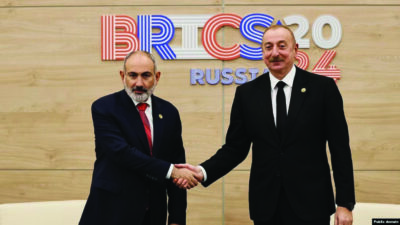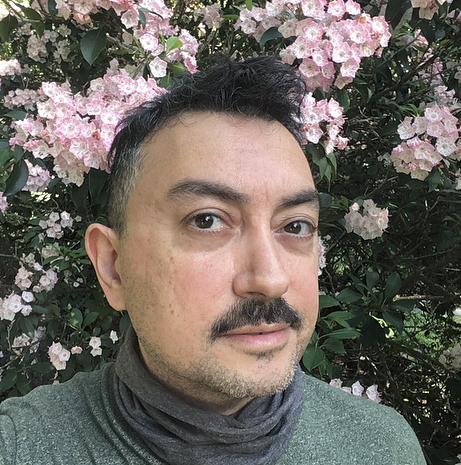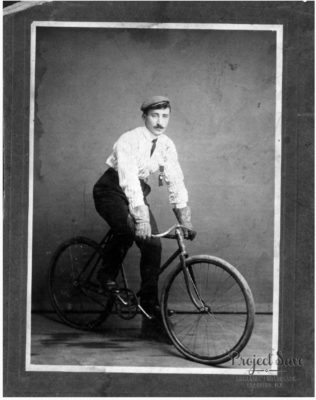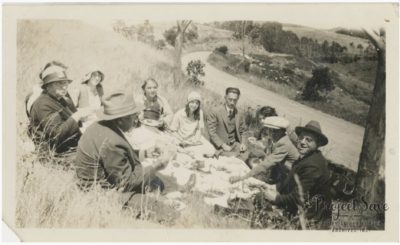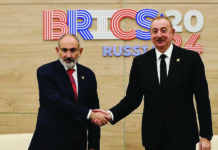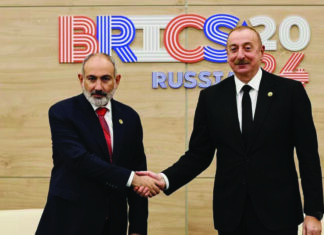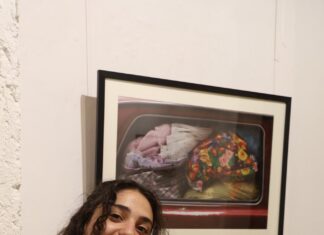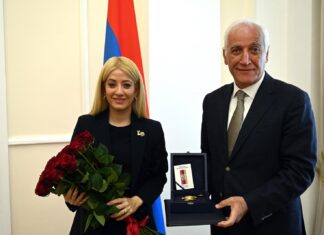By Taleen Postian
Special to the Mirror-Spectator
WATERTOWN — As Project SAVE Armenian Photographs Archives, Inc. is approaching its 50th anniversary, it will have a new person at the helm, Arto Vaun.
Project SAVE’s mission since its founding in 1975 by Ruth Thomasian has been to translate the box of family photos in the attic into history. Now, with the advent of technology, it seeks to become an interactive site within the Armenian community and communities beyond by creating eye-opening photo exhibits, working with academic and artistic professionals, and hosting workshops for every demographic to learn and connect with the past.
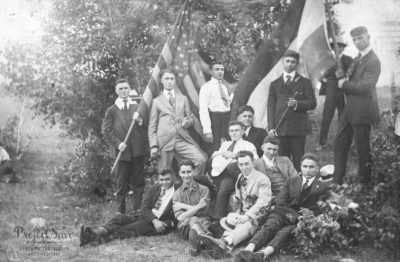
A native of Boston, Vaun spent the last seven years living in Armenia, during which time he was the founding director of the American University of Armenia (AUA) Center for Creative Writing and Chair of the English and Communications BA program. At AUA, he taught courses in poetry, literature, Modernism, and creative writing and founded Locomotive, the first non-Armenian literary journal that was based in Armenia and exported to bookstores worldwide. Vaun is also a poet and musician, having published and performed widely. Besides Armenia, he has also lived in Glasgow, Berlin, and Beirut.
Vaun, in an interview last week, said he believes the executive director position is a great fit, marrying his background in academia and the arts with an historic and creative mission. He said, “What I love about the photographs of Project SAVE is that they touch upon the intersection of culture, history, identity, and art.”
